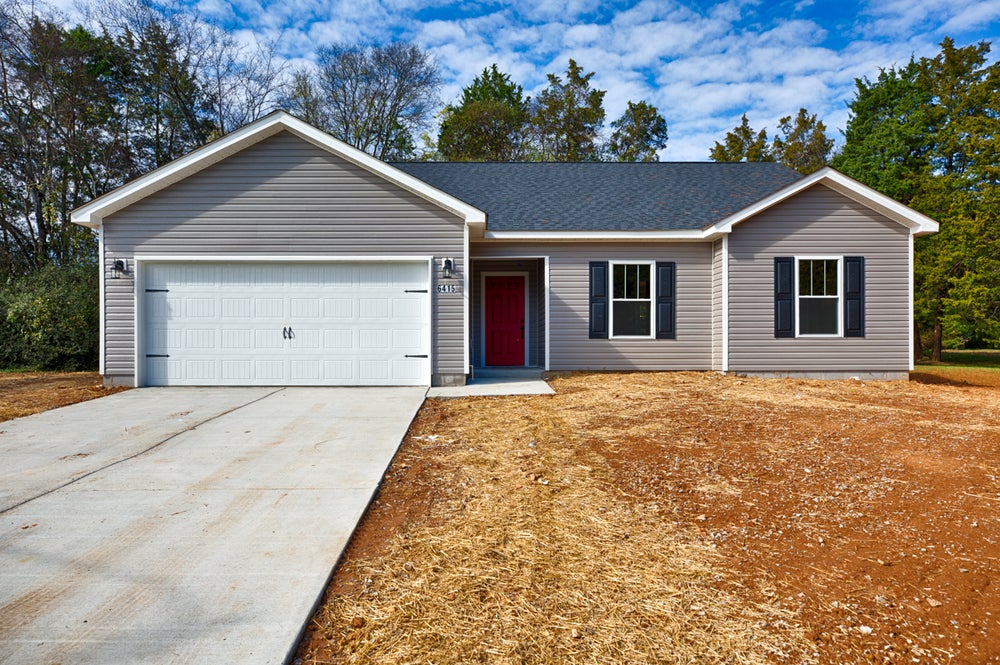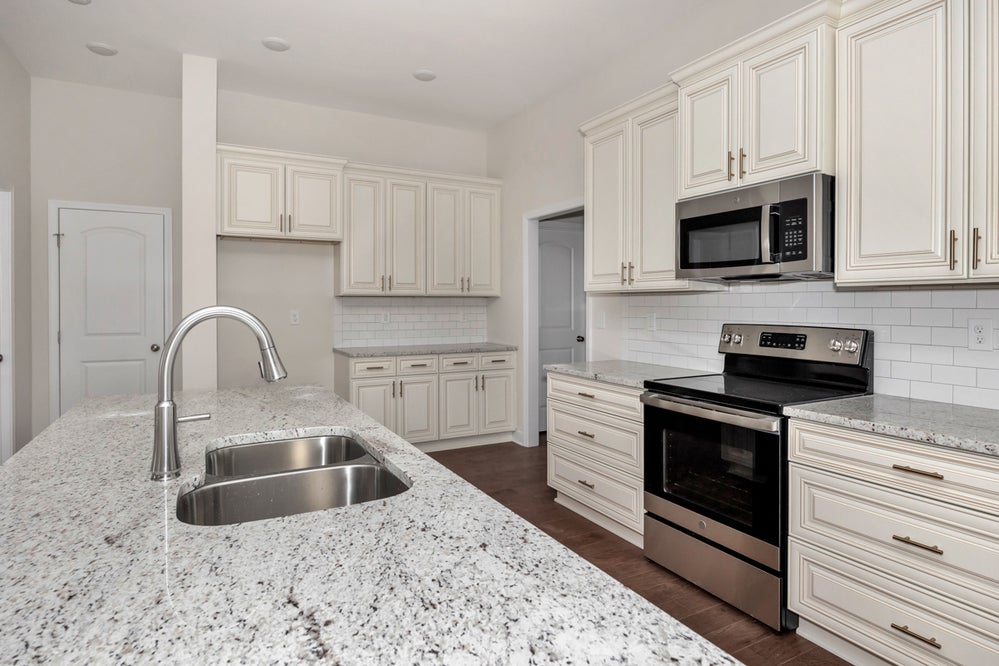Overview
Most of our homeowners get a loan to build their home with Red Door Homes. This can be a confusing process if it is your first time building a new home. Even if you have done this before, a quick refresher can certainly help! In an effort to make it as easy as possible for you to build your dream home, we have created this quick reference guide with Frequently Asked Questions and a quick glossary of terms. Like most guides, we are certainly missing some items here. We would love your feedback to let us know what we should add!

Here is a quick outline on the typical way to finance a Red Door Home:
-
Sign your construction agreement
-
Pick your plan and options
-
Budget your land improvement
-
Apply for a construction loan
-
Pay for your home during your build
-
Convert that construction loan to a permanent mortgage
-
Pay down the mortgage while living in your home
…oh yeah, step 8 enjoy the Generational Wealth you are creating while enjoying your new home!
Frequently Asked Questions
-
Once my construction loan is closed, can I draw those funds freely?
-
No, Red Door Homes will request a draw based on the stage of construction at which point your lender will send a construction loan inspector to assess the stage of construction to release the draw.
-
Should I purchase land before starting my build with Red Door Homes?
-
It depends! If possible, it is best to wait until you have your agreement in place with Red Door Homes to close on new land. Your lender will then make a loan based on the Appraised Value of your land, land improvements, and home. This will require less up front cash.
-
Should I pay off my land before starting construction on my home?
-
No. We recommend approaching your lender with a complete start package on your home (Land at Market Value, Land Improvements, Home Price). The Lender will then role any existing land mortgage into the new construction loan which will then roll into a permanent mortgage.
-
I plan on making a big down payment on my new home. Should I put that money upfront?
-
No. We recommend getting as high a Loan to Value Construction Loan as possible. This is an interest only loan and the interest is only paid on the amount drawn to date. We recommend this because life happens and it is better to have access to more financing than you need rather than not enough. It's better to have and not need, than to need and not have. Here is a quick example:

-
Land + Land Improvements + Home Value = $350,000
-
Intended Down Payment = $100,000
-
Desired Permanent Loan Amount = $250,000
-
Max Construction Loan Loan to Value = 95% ($332,500)
-
In this case, we would recommend borrowing the entire 95% loan to value on the construction loan. Then when construction is complete, you can place your $100,000 down payment on your permanent mortgage and you will only owe $250,000 on your new home!
-
Do I have to use the same bank for my construction loan and my permanent loan?
-
No. You can use different lenders. BUT! Many lenders have special Construction/Perm Loan programs that will save you money and paper work. Please do your research if you intend to use two different lenders. Most of our preferred lenders have great programs combining the two.
-
I plan to sell my current home then put the equity from that home into my new home. How can I do that?
-
There are several ways to do this:
-
You can sell your current home, then start construction on your new home while living in temporary housing.
-
You can use a bridge loan (see below) to use your current equity to make a down payment on your new home.
-
You can speak to our preferred lenders about our “Only Move Once” program where you simply pay the interest only construction loan until you sell your current home. Then you can use that equity as a down payment on your permanent mortgage. This is the route most often used by our customers and employees because of the ease of the process.
-
How Much down payment do I need?
-
The answer is 5% of your loan to value… and guess what, through the Magic of Loan to Value, many of our home owners are able to start construction with only a $1,000 construction deposit to Red Door Homes!
-
How do I pay Red Door Homes?
-
We are paid for specific stages of construction. We will make a “Construction Progress Payment Request” at which point you will write a check to us (if paying without a loan) or request that amount from your lender (if paying with a loan). We only ask for payments once that phase of work is completed.
Definitions
-
Amortized Loan - this is a loan where the interest and principal amount of the loan are paid with each payment. Most mortgages will be amortized loans.
-
Appraisal - this is a professional review of the total value of your home, land improvements, and land made by a third party licensed professional (an “Appraiser”). The bank will make loan based on this appraised amount (see Loan to Value and The Magic of Loan to Value)
-
Bridge Loan - This is a loan that uses the equity in your current home to meet the equity in your new construction. Basically, the lender will place a second mortgage on your current home so that you do not have to move twice during your build. (also see Stay in your home)
-
Construction Loan - a loan made for someone to build a home. This loan is paid in in draws at certain stages of construction.
-
Debt to Income - A ratio of your debt or other recurring payment to your income. Lenders typically want this to be less than 50% but can go higher pending other circumstances.
-
Draw - A “Loan Draw” or “Construction Progress Payment”. This is a payment made to the contractor(s) or builder of a project during construction. Red Door Homes is typically paid in around 5 loan draws per home.
-
Down Payment - This can also be called, “equity investment” or “cash contribution” among other terms. The purpose of a down payment is so that the lender is protected if the borrower defaults. Our lenders typically loan up to 95% Loan to value. Read The Magic of Loan to Value to see why many of our customers are able to build their homes with little or no down payment.
-
Equity - the difference between the market value of an asset and the amount of money owed on the asset. For example, if you own land that is worth $50,000 but you owe $0, you need $45,000 of land improvement, and your red door home is $250,000, the market value of your property would be $345,000. However, your money invested is only $295,000. This is how many of our home owners are able to build a home with little to no money down.
-
Interest Only Loan - a loan were the only payments are on the interest amount for the loan, not the principal amount. Most construction loans will be interest only where as Mortgages will be principal and interest (see “Amortized Loan”)
-
Loan to Cost - a loan that is made based on a percentage of the actual cost of the asset. This is often the case with Land Purchased
-
Loan to Value - A loan that is made based on a percentage of the Appraised Value of the asset. This is most often the case when a home is purchased or a construction loan is made on a home to be built
-
Permanent Mortgage - this is the loan that you will pay off during the ownership of your home. Mortgages come in a variety of lengths and terms so please speak with your lender to learn more

As always, if you have any questions, please give us a call @ 256-780-0808 or 615-219-6844






